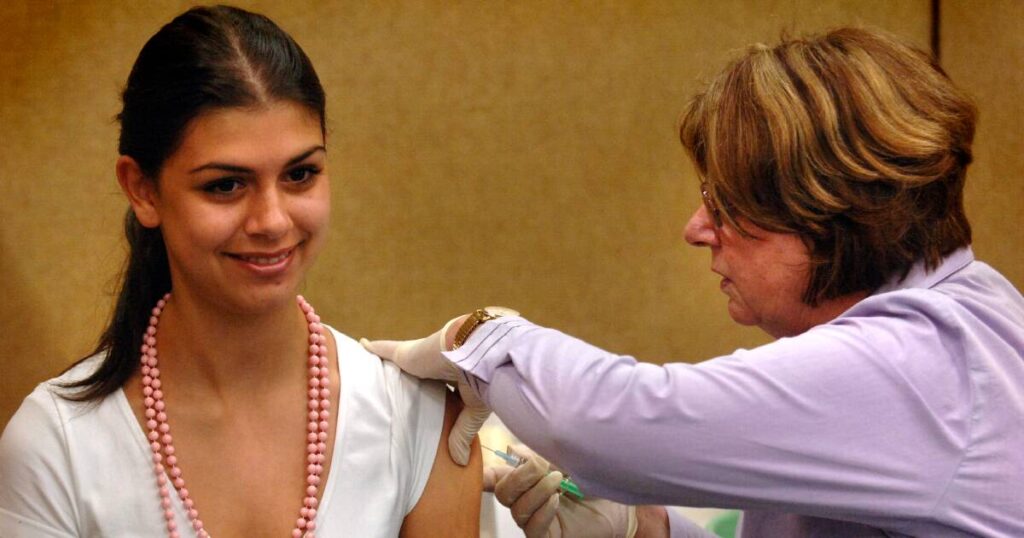
Vaccination rates for the human papillomavirus (HPV) and meningococcal disease have significantly dropped in the Hunter New England region since the onset of the COVID-19 pandemic, according to recent data from NSW Health. The figures reveal a 17 percent decline in HPV vaccinations for Year 7 girls and a 14 percent decrease for boys in the same age group.
The HPV vaccine, which is crucial in preventing several types of cancers including cervical, vaginal, anal, penile, and throat cancers, is provided for free through the NSW School Vaccination Program. Hunter New England Health public health physician, Dr. David Durrheim, described the vaccine as “a wonderful prevention method” but expressed concern over the declining rates.
Impact of the Pandemic on Vaccination Rates
The pandemic has disrupted many public health initiatives, and vaccination programs have not been exempt. An analysis of data from 2019 to 2024 indicates a 10 percent drop in immunisation rates for the meningococcal ACWY vaccine, and a 14 percent fall for the diphtheria, tetanus, and pertussis (whooping cough) vaccine.
Despite these declines, Dr. Durrheim noted that by the end of the year, approximately 80 percent coverage for the HPV vaccine is generally achieved. He highlighted the availability of catch-up vaccinations at pharmacies and schools, although the overall vaccination rate has decreased from nine out of ten children pre-pandemic to eight out of ten currently.
Challenges and Solutions
Dr. Durrheim pointed out that parental hesitancy towards vaccines has increased since the pandemic, compounded by the shift to an online consent process, which some parents find challenging. In response, the traditional paper-based consent forms have been reintroduced to facilitate easier access.
Encouragingly, the HPV vaccine now requires only a single dose, a change from the initial three-dose regimen. “A data review at WHO [World Health Organisation] showed only one dose was as effective as three doses,” Dr. Durrheim explained.
By the Numbers
The NSW Health data outlines a steady decline in vaccination rates over the past five years:
- HPV vaccination rates for females dropped from 85 percent in 2019 to 68 percent in 2024.
- For males, the rates fell from 81 percent to 67 percent over the same period.
- The meningococcal ACWY vaccine rate for Year 10 students decreased from 73 percent in 2019 to 63 percent last year.
- The diphtheria, tetanus, and pertussis vaccine rate for Year 7 students fell from 81 percent to 67 percent.
Looking Forward
Dr. Durrheim emphasized the importance of maintaining high vaccination rates, noting that while cervical cancer develops over decades, meningococcal disease can be rapidly fatal. He also mentioned that whooping cough, though not life-threatening for teenagers, can cause significant disruption due to its persistent nature.
Efforts to improve vaccination rates include providing reminders to parents about vaccine consent and ensuring that both online and paper-based consent options are available. The ultimate goal is to return to pre-pandemic vaccination levels, safeguarding the health of the community’s youth.
The decline in vaccination rates serves as a reminder of the broader impacts of the pandemic on public health initiatives and the ongoing need for adaptive strategies to ensure community health and safety.





